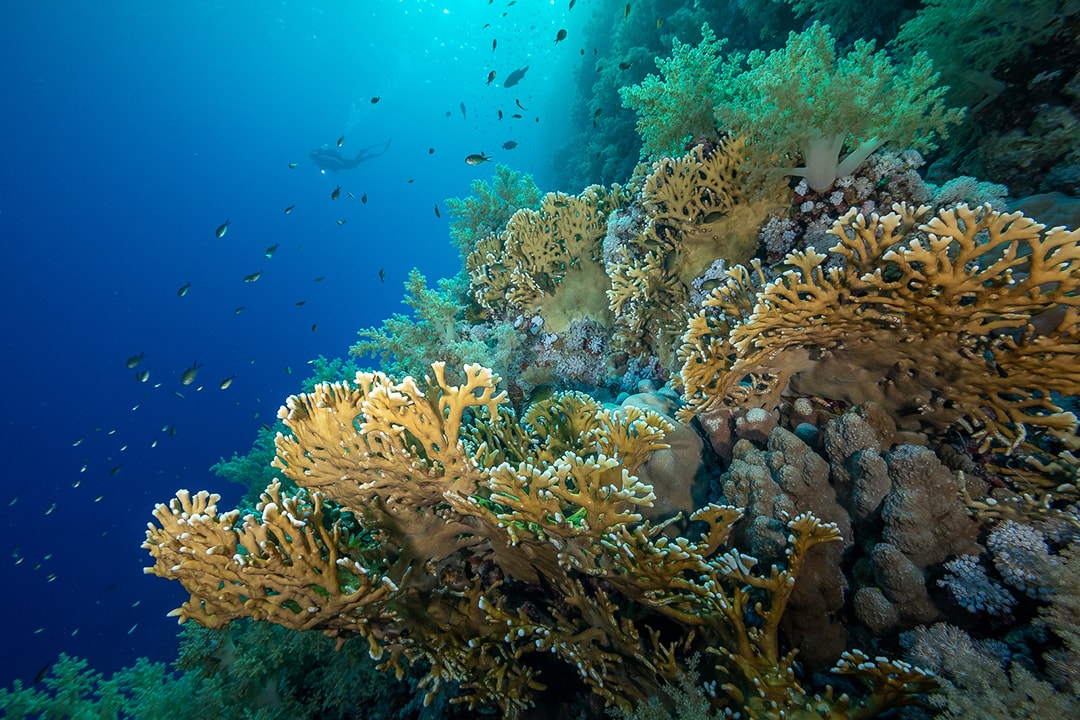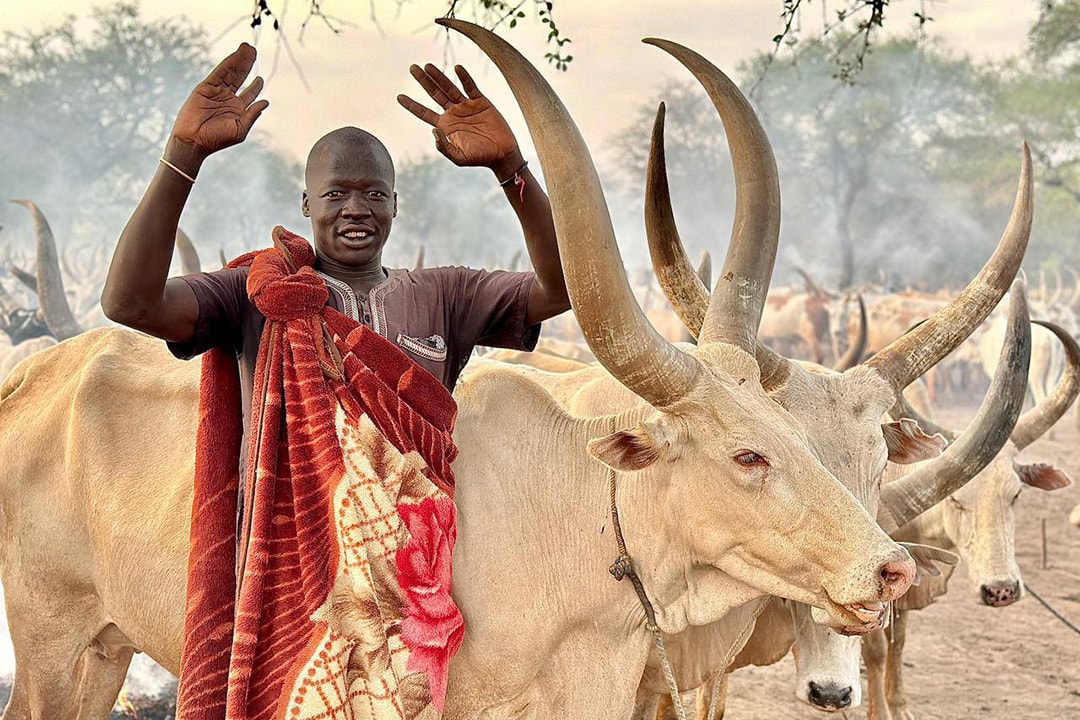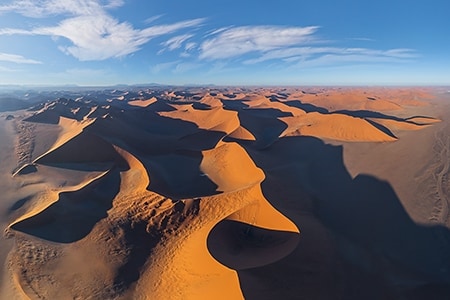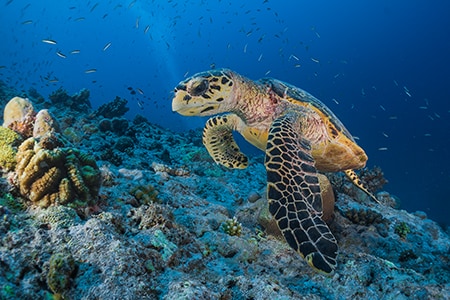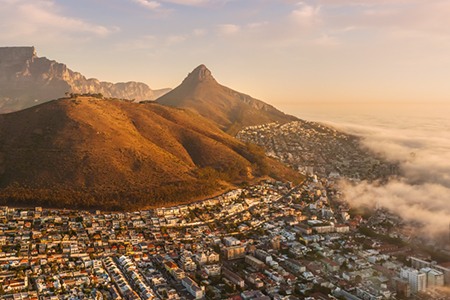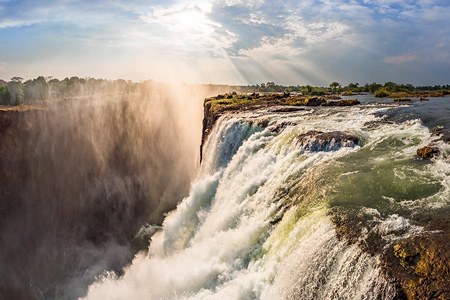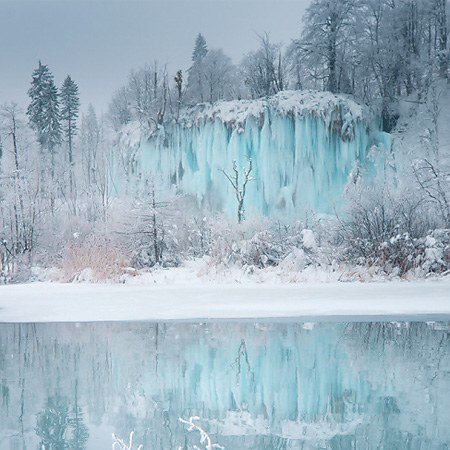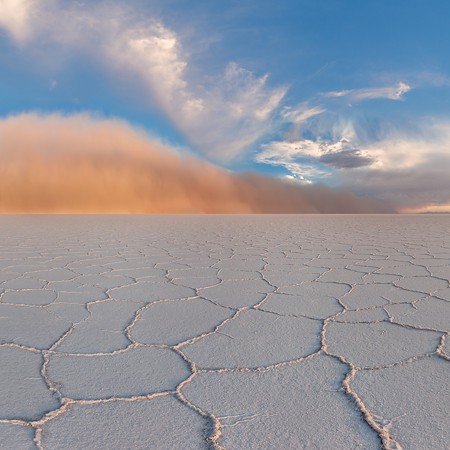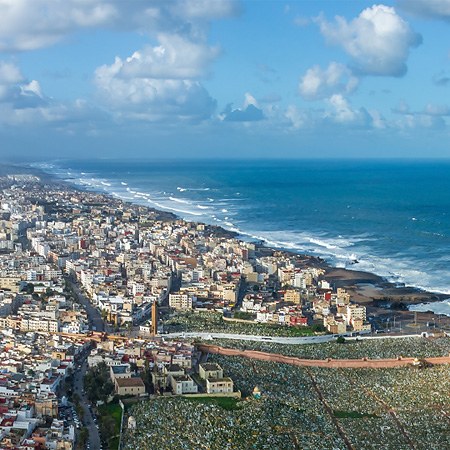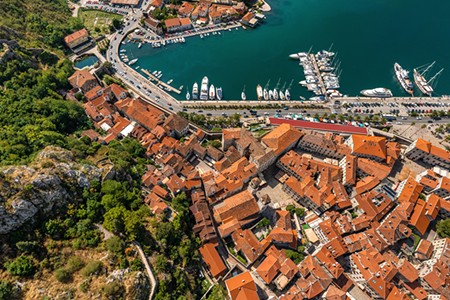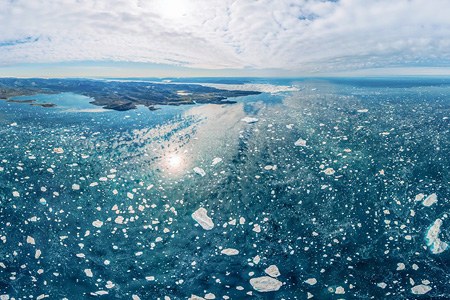The Island of Mauritius
The island of Mauritius appeared in the midst of the Indian Ocean due to volcanic activity, but that's quite an old story. Since then volcanoes have extinct and erosion has flattened the surface of its territory. The present look of Mauritius includes plateaus and mountains, the highest one is 826 meters tall.

The island was discovered in the beginning of the 16th century by Portuguese and initially was uninhabited. However, the explorers did not manage to settle down and soon were forced out by the Dutch. They named the island in honour of Prince Maurice of Orange who reigned the country at that time.

The present population of Mauritius is more than one million people, and nearly equal number of tourists visit this island annually. Along with Seychelles and Maldives, Mauritius is one of the most beautiful and luxury resorts in the world. The island can be proud not only of its exquisite beaches, but also picturesque landscapes that attract visitors.
You can see it with your own eyes in our panoramas. One of the most famous and unusual landmark of Mauritius is the area of sand dunes of seven distinct colours: red, brown, violet, green, blue, purple and yellow. These sands settled spontaneously in different layers creating absolutely fantastic landscape.

One may wonder that in spite of torrential tropical rains, dunes never erode. The activity of human beings can do much more damage to the island than any natural forces. Long time ago Mauritius abounded in variety of animal species. But the arrival of first sailors on the island initiated the destruction of rare animals and now practically no representatives of original wildlife can be found on the island.

Intense exploitation of land resources together with population growth resulted in destruction of natural landscapes that occupy less than a quarter of Mauritius territory. Thick forests of rare tree species, which once covered the hills of the island, were cut down and replaced by eucalyptus and Canary pine. Practically nothing left of unique endemic palms, instead some imported decorative species were planted here.

But in spite of all these we can not speak of ecological disaster. On the territory of the island there is the Black River Gorges National Park which is a home for relict pink pigeons, Mauritius kestrel and red-breasted parrakeet. Not far from here reserved Round Island — the home for rare species of reptiles — is situated.

The plato and the mountains of Mauritius are cut with the multitude of small rivers with rapids and waterfalls. The highest one, Tamarin Falls, has a total spillway of 274 meters and at least seven simultaneous waterfalls. The largest lakes of the island are Grand Bassin and Mare aux Vacoas, and the largest and most influential rivers are the Grand River South East and the Grand River North West. Some other interesting natural landmarks of Mauritius are craters of extinct volcanoes and plateaus with several outstanding, but not very high mountains that sometimes bear quite funny names. Within Riviere-Noire plateau there is Le Pouce (Thumb) Mountain , Peak of Le Chat et La Souris (Cat and Mouse) and even West Peak Trois Mamelles (Three Nipples).

The island is surrounded by a coral reef, and the territory of Mauritius itself (around 2 thousand square kilometers) possesses more than 80 species of palms, 60 species of mango, huge baobabs and "edem trees" with quite heavy fruits. Locals believe that such a fruit fallen on a head of a passer-by will lead him straight to heaven.

We suppose that you are not ready to take such a risk, so we recommend to take a flight over Mauritius and enjoy a bird's eye view of this island. Have a good trip!
Photos by Dmitry Moiseenko
29 July 2015
Read more
Photogallery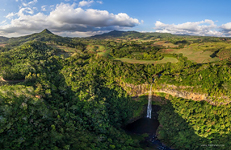 Mauritius #3
Mauritius #3
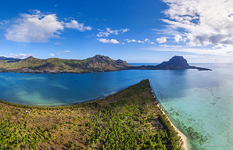 Mauritius #8
Mauritius #8
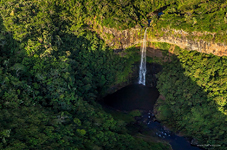 Mauritius #4
Mauritius #4
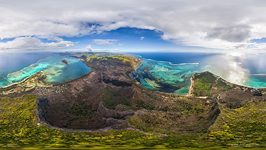 Mauritius #15
Mauritius #15
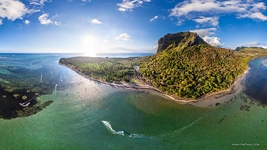 Mauritius #9
Mauritius #9
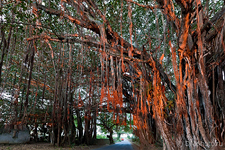 Mauritius #19
Mauritius #19
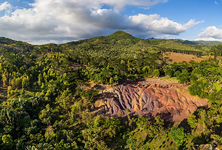 Mauritius #13
Mauritius #13
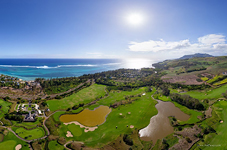 Mauritius #12
Mauritius #12
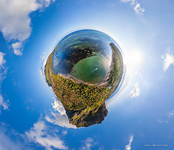 Mauritius #22
Mauritius #22
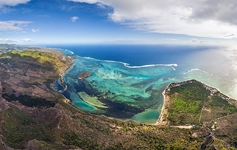 Mauritius #1
Mauritius #1
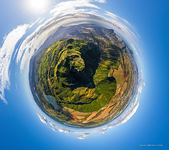 Mauritius #20
Mauritius #20
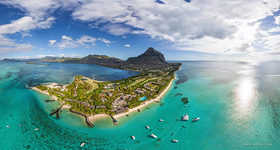 Mauritius #6
Mauritius #6

